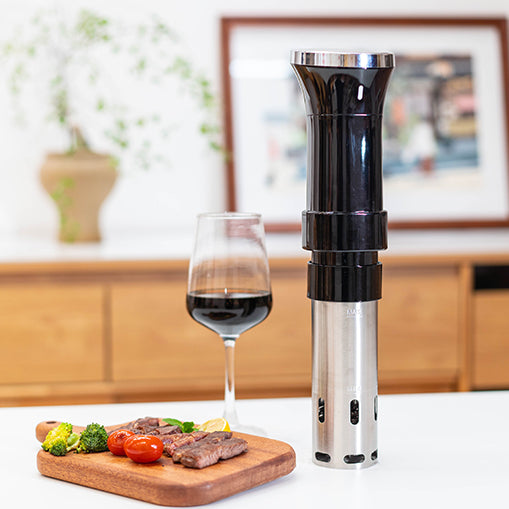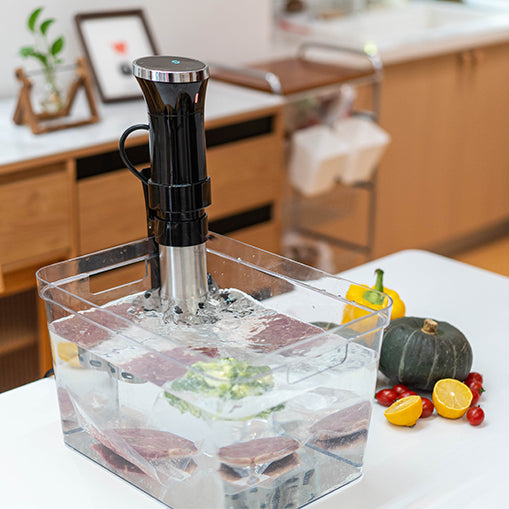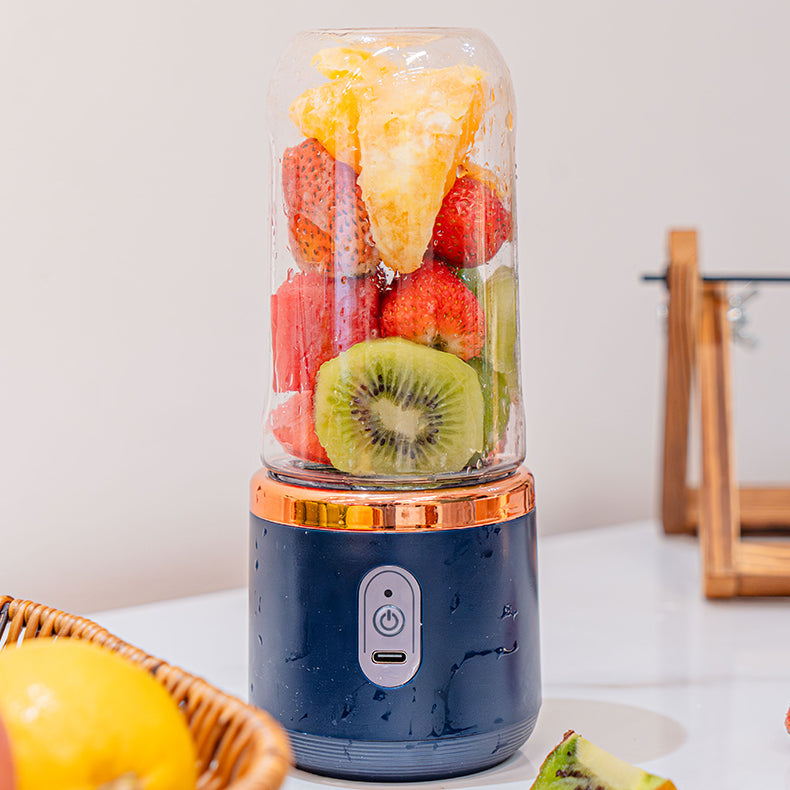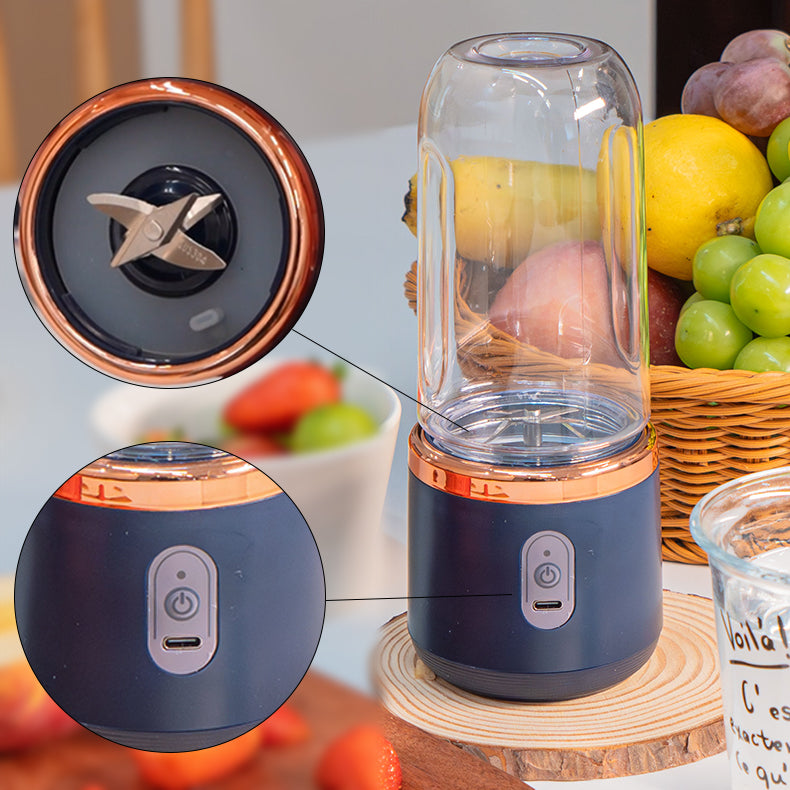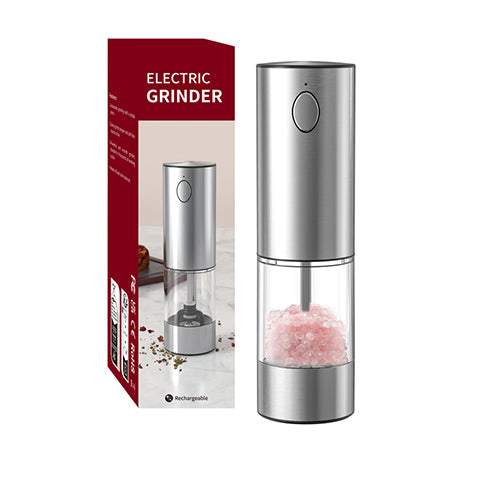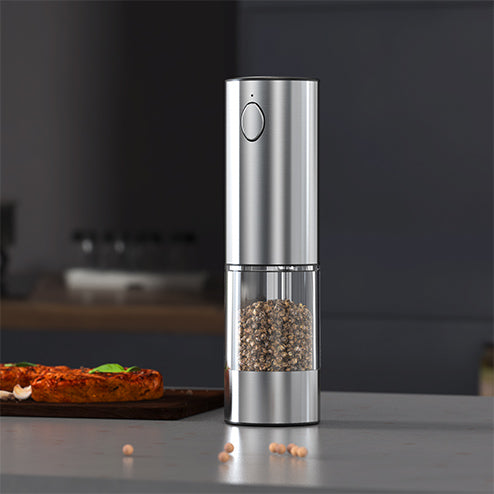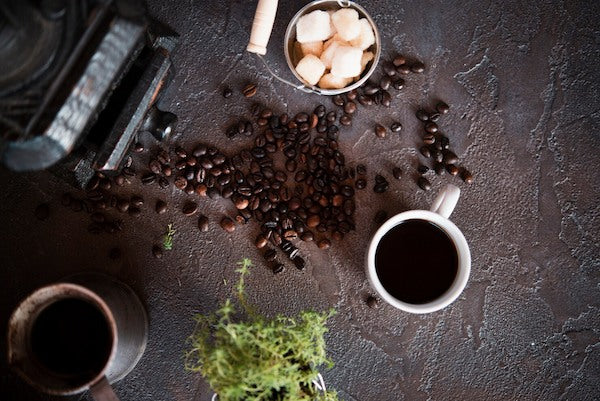Sous vide cooking has revolutionized the culinary world with its ability to deliver perfectly cooked food through precise temperature control. Unlike traditional methods, sous vide allows you to cook food to the exact level of doneness you desire, making it nearly foolproof. But a common question remains: Can you over cook in sous vide? This article will explore the possibility of overcooking in sous vide, explain the science behind it, and offer tips for mastering this method to ensure your meals are always perfect.

What Causes Food to Overcook?
Food overcooking occurs primarily due to excessive heat exposure or prolonged cooking times. When food is subjected to temperatures that are too high, its exterior can cook and even burn much faster than its interior. It often results in a dish where the outside is overdone while the inside may remain undercooked.
Additionally, keeping food in the heat longer than required will gradually degrade its moisture, texture, and flavor, leading to dry, tough meals. This can happen across various cooking methods, whether it's baking, frying, or grilling. Proper heat management and timing are crucial to preventing overcooking and preserving the quality of the food.
What Makes Sous Vide Cooking Different from Traditional Methods?

Sous vide, which means "under vacuum" in French, is a method of cooking food in a vacuum-sealed bag submerged in a water bath at a precisely controlled temperature. This way can efficiently reduce the possibility of overcooking as it offers several key differences from traditional cooking.
First, sous vide allows you to set the exact temperature at which you want to cook your food, eliminating the risk of exceeding the desired doneness. For example, if you want a medium-rare steak, you can set the water bath to 129°F (54°C), and the steak will not exceed that temperature.
What's more, because the food is cooked evenly throughout, there are no overcooked edges or undercooked centers. Every part of the food reaches the same level of doneness. Cooking in a sealed bag traps the food's natural juices and flavors, preventing moisture loss and enhancing the taste.
Better still, sous vide offers a wider window of time in which food can be cooked perfectly, making it a convenient option for busy schedules.
Is It Possible to Overcook in Sous Vide?

Can you sous vide too long? While sous vide cooking provides a high degree of control, it is still possible to overcook food under certain conditions. Here’s how this occurs and what happens if you sous vide too long:
Sous vide cooking requires long cooking times without the risk of overcooking in the traditional sense, but leaving food in the water bath for too long can affect its texture. For example, even at a controlled temperature, cooking a steak for 24 hours can make it mushy or overly tender.
High temperatures are also blamed. Although sous vide typically uses lower temperatures, if the water bath is set too high, the food can overcook. For instance, cooking vegetables at 185°F (85°C) for too long can result in a soft, undesirable texture.
For proteins like meat, cooking them for extended periods at certain temperatures can cause the breakdown of collagen into gelatin, which may lead to a texture that is too soft or "mushy." So, you can’t leave meat in sous vide too long.
However, compared to traditional methods, sous vide provides a much larger margin for error. Even if food remains in the water bath for longer than intended, it’s unlikely to become inedible.
Tips for Cooking Using Sous Vide
Now that you know you can overcook using sous vide, to get the most out of sous vide cooking and avoid potential pitfalls, follow these tips:
Set the Right Temperature
Different types of food require different temperatures to achieve the best results, so set the correct temperature for the food you’re cooking. For example, delicate fish fillets cook well at lower temperatures, while dense root vegetables benefit from higher temperatures to become tender.
Mind the Cooking Time
While sous vide allows for flexibility, it’s still important to monitor cooking times. Most foods have an optimal cooking time range. For instance, steak is best cooked between 1 to 4 hours at 129°F (54°C). Exceeding this time can lead to texture changes. Also, the cooking time depends on how thick the food is. A thicker steak that's 5cm will take longer to cook than a thinner one that's only 1.25cm.
Use Quality Equipment
Investing in a high-quality sous vide machine can greatly affect your cooking results. Look for machines that keep a consistent temperature throughout the cooking process. Features like app connectivity, as offered by the SCHWUA Sous Vide Machine, can add convenience. Its app control and connectivity allow you to operate your sous vide remotely via a user-friendly app. You can adjust temperatures, manage cooking times, power the device on or off, and even schedule your cooking sessions with the reservation timing feature, making it easier than ever to fit sous vide cooking into your busy schedule.
Manage Moisture in the Bag
It’s tempting to add lots of marinades or sauces to the sous vide bag, but excess liquid can dilute flavors and impact the heating efficiency. Instead, use a small amount of marinade and save the rest to create a sauce while the food cooks. It concentrates the flavor directly on the item being cooked without interfering with the temperature.
Finish with Searing
For meats, consider a quick sear after sous vide cooking to enhance flavor and texture, which can create a crispy, caramelized exterior that contrasts with the tender interior. However, it's important to limit the searing to about 1 minute on each side. Searing for too long can overcook the meat, potentially compromising the perfect doneness achieved through sous vide.
Conclusion
Sous vide cooking is a game-changer in the kitchen, offering precise temperature control that virtually eliminates the risk of overcooking. While it is technically possible to overcook food in sous vide, the risks are minimal compared to traditional cooking methods. By understanding the limits of sous vide and following best practices on how does sous vide not overcook, you can achieve perfect results every time. Whether you’re cooking a steak, chicken, fish, or vegetables, sous vide ensures that your food is cooked to perfection, retaining its moisture, flavor, and texture.

